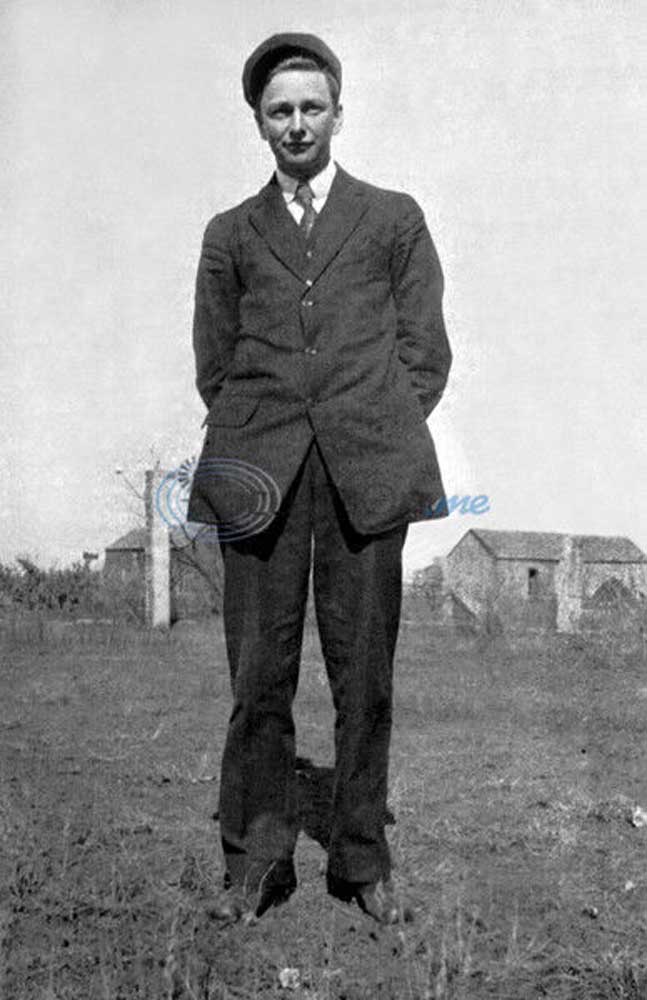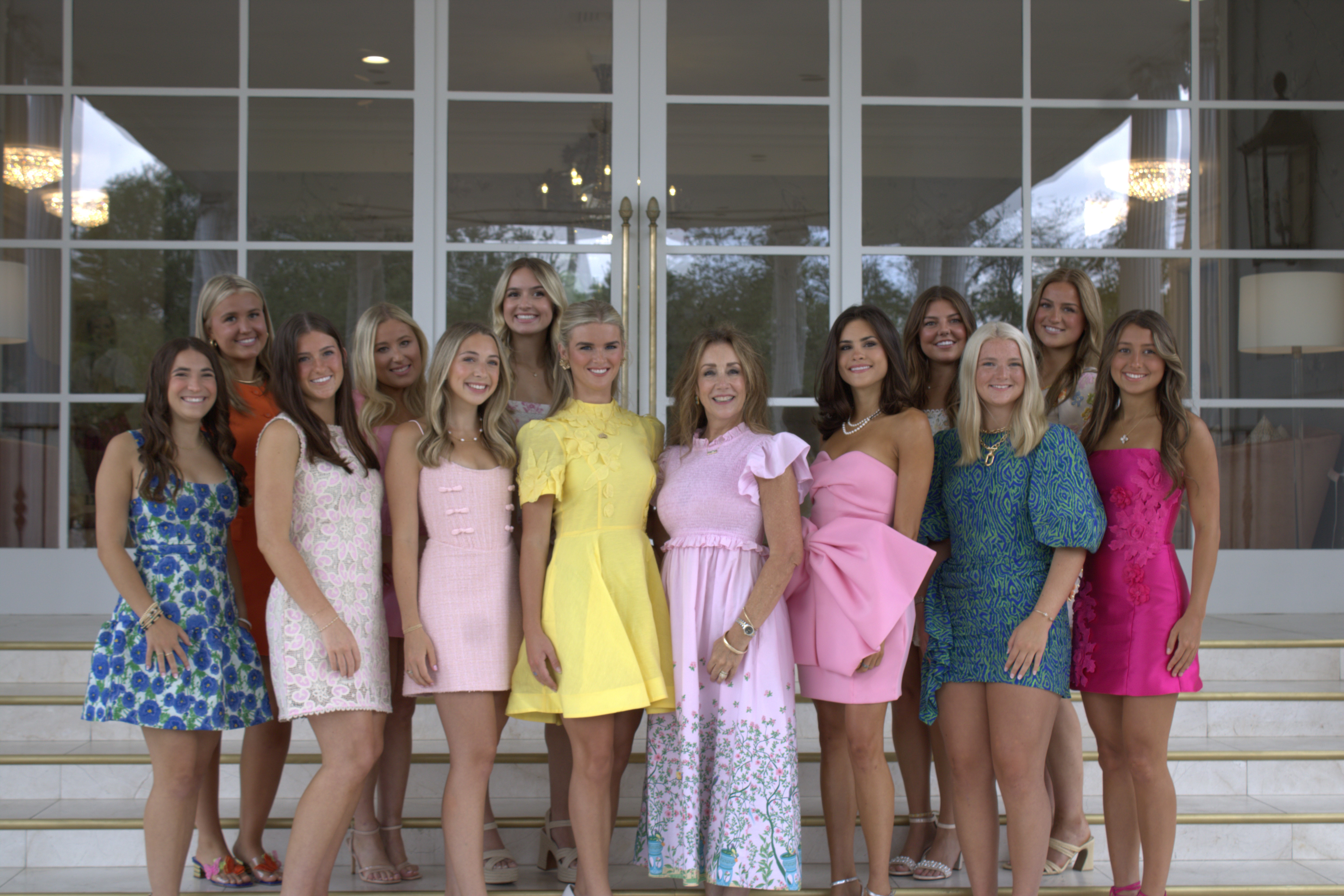Photoshop helps to restore, resurrect old photos for family memories
Published 7:44 pm Tuesday, January 13, 2015
“Kodachrome, they give us those nice bright colors.
Gives those greens of summers.
Trending
They make you think that all the world’s a sunny day.”
Paul Simon
The ghostly image was almost gone, a faded brown smudge on a small scrap of photo paper.
The brownish snapshot, processed more than a century ago with a home darkroom kit, was among hundreds gathered as part of an effort to save, restore and share Berry family images in danger of being lost.
The photo carried the faint image of a thin young man standing alone in a field. In the background, faded away and unrecognizable, was some sort of building. As is often the case, no information was recorded on the back, but Dad was pretty sure it was my grandfather as a young man.
Trending
It was a mystery to be solved, a long shot, but I set out to restore it.
I had invested in a good scanner, determined to digitize boxes of old family photos. I wanted to save and share them, but I feared many were already lost – too faded to save.
But it’s amazing what today’s photo software can do.
I love Photoshop. As a journalist, I know it gets a bad rap. When someone says, “That’s been Photoshopped,” it’s considered a bad thing. They, or course, refer to faked or manipulated photos — Oprah’s face on a slimmer body, beer cans removed from the table, double chins eliminated, wrinkles erased, age spots removed.
Let me assure you, good newspapers don’t mess around with news photos. We didn’t, don’t, won’t. News photos are meant to reflect reality. Photoshop is what we use to bring out true colors that might be skewed by fluorescent lights, to sharpen a soft focus or to add contrast to a shot taken in low light. It’s also useful for resizing photos, cropping in on the main subject area and converting colors to CMYK for better reproduction on a printing press. It’s called photo processing, and it makes a poor photo useable and a good photo better.
But good journalists don’t manipulate or change the content of a news photo. To do so is a firing offense. So, we don’t. Wouldn’t. Won’t. Sure, we edit. We select the best images, the ones with the subject’s eyes open, when the kid in the background isn’t making a face, where the light is right. But we don’t change the reality of a photo.
There are times when photos are used as illustrations, forming the dominant element on a feature page. Graphic artists might change colors, erase the background, duplicate elements or create an artistic rendering using different screens and techniques. Those are photo illustrations and should be labeled as such.
Photoshop isn’t a bad word. It’s a great program, but it can be abused. A reputable news photographer and a good newspaper won’t.
I like what Photoshop can do for an old photo. Like secret ingredients that enhance the flavor of a family recipe, great processing techniques — like curves, levels, brightness, filters and basic color adjustments — enhance and resurrect lost images.
With rotation, you can straighten a crooked skyline (where someone yanked too hard to trigger the shutter of a Brownie Hawkeye). With cropping, you can lop off extra sky overhead (or the blur where someone’s finger overlapped the lens). With the clone stamp, you can fix a tear or wrinkle (or repair black spots caused by splashed developer). With other filters, you can fix dust spots or lift the hair that fell onto the negative as it was printed.
After scanning granddad’s photo and opening it on my computer screen, I helped Photoshop work its magic. Some attempts met with failure, but I kept at it. When I was done, I met my grandfather James Walter Berry as a teenager.
The photo was just a snapshot, taken with a simple Kodak box camera (before they numbered them) – a prized piece in my camera collection. Taken around 1910 when he was 17 or 18 years old, it’s one of the few photos I have of my grandfather.
The clarity of the image that popped onto my screen surprised me. From the hazy brown outline appeared the innocent face of a young Kansas farmer, traditional Irish flat cap perched on his head, tie cinched tightly above an ill-fitting suit.
Granddad stood in what would become the alfalfa field. Behind him, a windmill, barn (soon flattened by a tornado), outbuildings and limestone fence posts appeared.
I never really knew my grandfather; he died when I was 2. But this young face was familiar — a Berry face for sure.
Until that moment, when Photoshop helped me resurrect memories of my grandfather, I never realized just how much he looked like my little brother Galen. Both left us much too soon.
###
Dave Berry, former editor of the Tyler Morning Telegraph, retired Dec. 31. His Focal Point column appears each Wednesday on the front of the My Generation section.







